Adjustable Back Brace
Login For Dealer Pricing
Equipped with eight flexible steel springs that conform to your lower back for a firm yet comfortable support. Velcro closure allows for adjustment. One size fits most.

Sciatica is a medical term for pain that radiates along the sciatic nerve. This is the largest nerve in the body and starts in the lower back, then branches through the hips and buttocks before travelling down the back of each leg.
Although the sciatic nerve has branches on each side of the body, sciatic pain (when it occurs) tends to affect one side of the body only. The pain needs to be in the distribution of the sciatic nerve, though it does not necessarily need to be due to a sciatic nerve disorder. It has to be felt in the thigh as well as below the knee. If the pain is not felt below the knee, it is not sciatica. Typically, sciatica gets worse with coughing, sneezing, straining or laughing
Since sciatica refers to a type of pain instead of a medical condition, it can have many underlying causes. The most common causes of sciatic nerve pain are a herniated spinal disc, a bone spur on the spine or spinal stenosis. These conditions can pinch nerves in the lower back area, thus causing (sometimes severe) leg pain and inflammation on the affected side of the body. In some cases, the patient can also experience numbness in the affected areas.
Despite the severity of its symptoms in some cases, sciatica can typically be treated using non invasive approaches that do not involve surgery.
However, in some cases, sciatica can cause problems with bowel or bladder control, or severe leg weakness. When these symptoms are present, surgery may be necessary to correct the problem.
The most common cause of sciatica is pinching of the sciatic nerve in the lumbar spine or lower back area. Five sets of paired nerve roots in the lumbar area combine to form the sciatic nerve. Most of the time, sciatica is caused when one of these nerve roots is compressed or irritated.
As mentioned above, this is in turn most commonly a result of:
In much rarer cases, sciatica can be a result of damage to the sciatic nerve from a tumor or from diabetes.
Sciatica has several risk factors that increase the likelihood of experiencing the condition. These include:
The main symptoms are:
The following symptoms should be regarded as possible signs of serious nerve damage:
(This) The above could be signs of cauda equina syndrome – a serious condition that demands urgent medical attention.
Individuals experiencing these symptoms should see a doctor as soon as possible. Other circumstances that should prompt an immediate medical consultation are if:
Sciatica is most commonly diagnosed via a physical examination of the patient that includes evaluation of his/her reflexes and muscle strength on the affected side of the body.
Some simple tests to identify possible sciatica include:
If you experience pain or symptoms get worse as a result of any or all of these activities, this is a possible indicator of sciatica.
The doctor may also review the patient’s medical history to look for back problems (such as herniated discs) that could cause sciatica.
Doctors may also request imaging studies (X ray, CT scan, MRI or EMG) to look for back problems such as herniated discs or spinal stenosis that may be the cause of the sciatica. MRI is the investigation of choice. It is usually performed in preference to CT scanning because of the high radiation dose associated with the latter. Plain X-rays are not very useful. Often, clinicians would only consider imaging if it is likely to change the management of the patient.
Sciatica is usually a self-limiting condition. A high proportion of patients improve with little or no treatment within about three to four weeks. Therefore, patients can be reassured and advised to try conservative measures in the first instance. They should be advised to remain active and to continue with their normal daily activities.
If the above home based treatments do not provide significant relief, doctors can suggest/prescribe more specialized therapies for sciatica:
Patients should be advised to seek medical attention without delay if they develop any signs of cauda equina syndrome (CES). CES requires immediate referral for neurosurgical input.
As a last option, doctors can suggest surgery if the above options do not provide relief. As a general rule of thumb, surgery should be considered if the patient fails to improve after six to eight weeks of conservative treatment. A surgeon can operate to remove the herniated disc or bone spur that may be behind the patient’s sciatica.
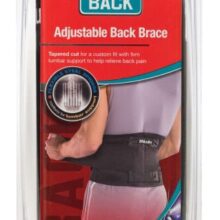

Login For Dealer Pricing
Equipped with eight flexible steel springs that conform to your lower back for a firm yet comfortable support. Velcro closure allows for adjustment. One size fits most.
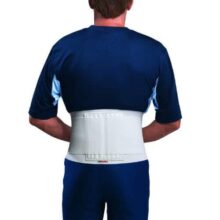
Login For Dealer Pricing
A light weight back brace designed for lower back conditions. Features include a velcro closure and a 9 inch elastic band with foam pad and steel springs and an additional 6 inch outer band for additional support.
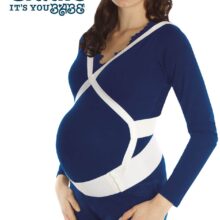
Login For Dealer Pricing
The It’s You Babe Best Cradle maternity support is ideal for the mom having twins, triplets or quads and for the mom needing support early in pregnancy. Also an effective support for non-pregnant patients who have a pendulous abdomen. Open abdominal design is cool and comfortable.

Login For Dealer Pricing
The Mueller Sports Medicine EASYfit® Kinesiology Tape applications are easy to apply, are latex free and allow complete freedom of movement while in use.
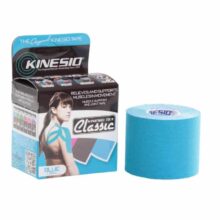
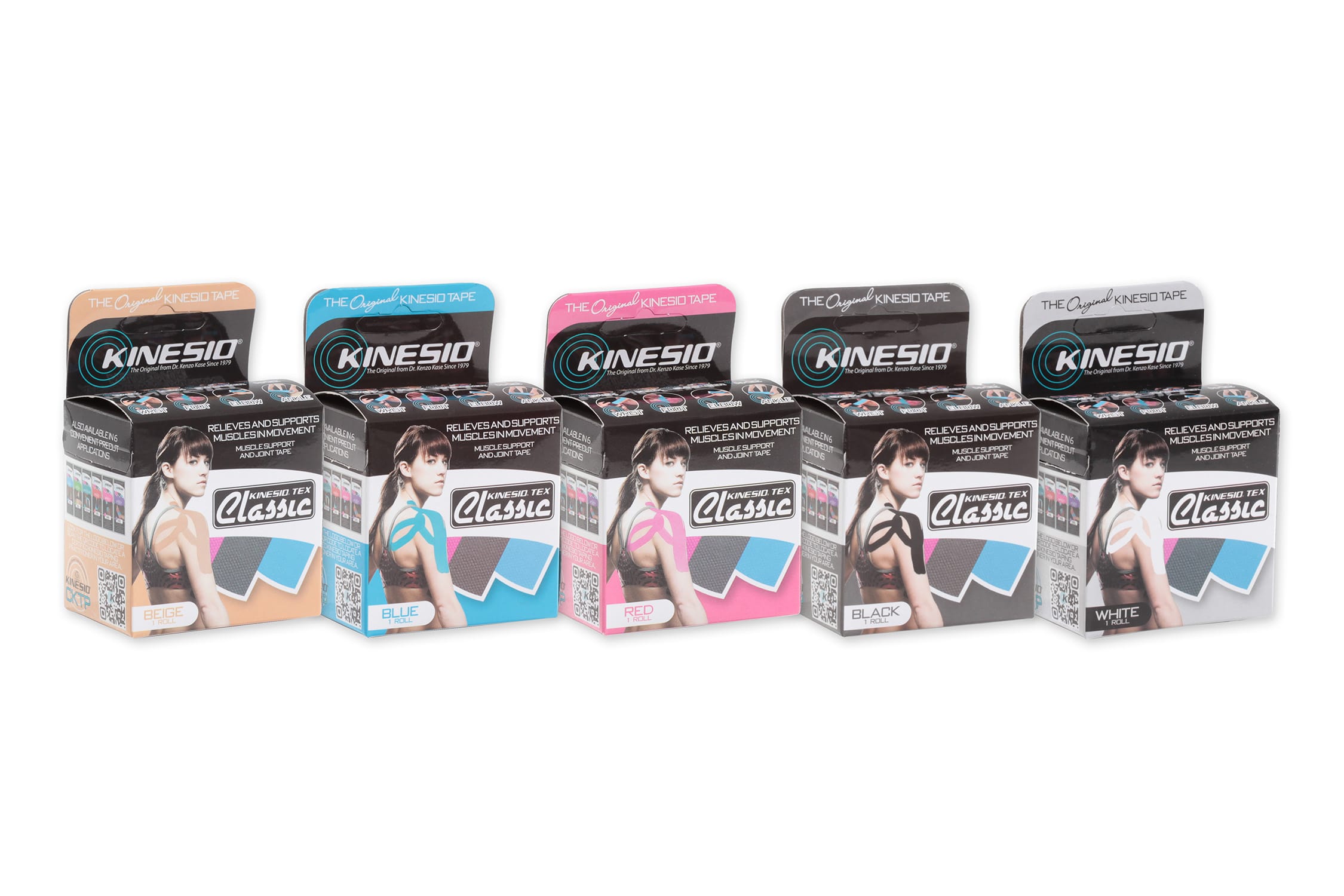
Login For Dealer Pricing
Dr. Kenzo Kase invented and developed the Kinesio Taping method over 30 years ago. The Kinesio Taping method is designed to facilitate the body’s natural healing process while allowing support and stability to muscles and joints without restricting the body’s range of motion. It successfully treats a variety of orthopaedic, neuromuscular, neurological and medical conditions.
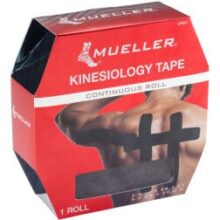
Login For Dealer Pricing
The Mueller Sports Medicine Kinesiology Tape – 30m Continuous Roll comes in a box designed for convenient dispensing and features Mueller’s revolutionary wave adhesive pattern for effective rehabilitation of sore, weak or damaged muscles or joints.
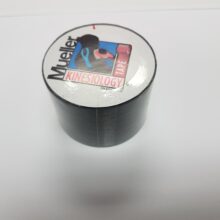
Login For Dealer Pricing
Try the Mueller Sports Medicine Kinesiology Tape – 5m Continuous Roll for rapid rehabilitation for your sore, weak or injured muscles and joints. With its revolutionary wave pattern adhesive, it will lift your skin as you move to optimize your circulation and promote early recovery to full health.
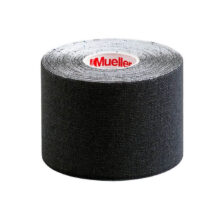
Login For Dealer Pricing
The Mueller Sports Medicine Kinesiology Tape – I-Strip Roll will lift the skin to promote blood and lymphatic circulation and reduce pain. It is designed to treat ligament injuries and repetitive stress injuries such as carpal tunnel. It is used by Olympians and professional athletes to reduce muscular pain, increase their mobility and speed their recovery from injuries.

Login For Dealer Pricing
The It’s You Babe Mini Cradle is a premium maternity belt to complement every pregnant mom’s maternity wear collection. Designed to be worn with maternity fashions, the pregnancy support belly band discretely fits under most maternity clothes. The Mini Cradle maternity support reduces pains during pregnancy and can be worn throughout all trimesters of pregnancy.

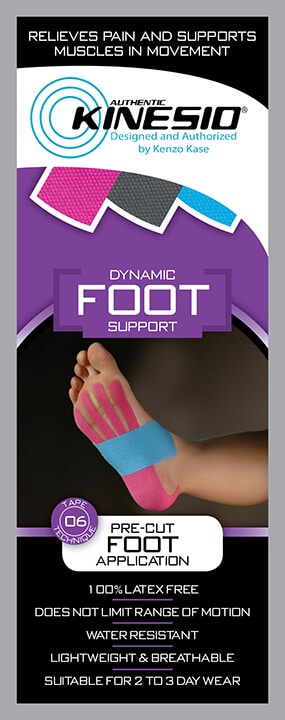
Login For Dealer Pricing
Kinesio® Pre-Cut, not a slap on solution. Kinesio® Pre-Cuts are true field tested Kinesio taping applications. Each Kinesio® Pre-Cut is adjustable and designed for easy application. For the Back, Neck, Knee, Wrist and Foot. Each application comes with easy to follow, step-by-step application instruction, as well as measurement guides on the paper backing to adjust to your needs.